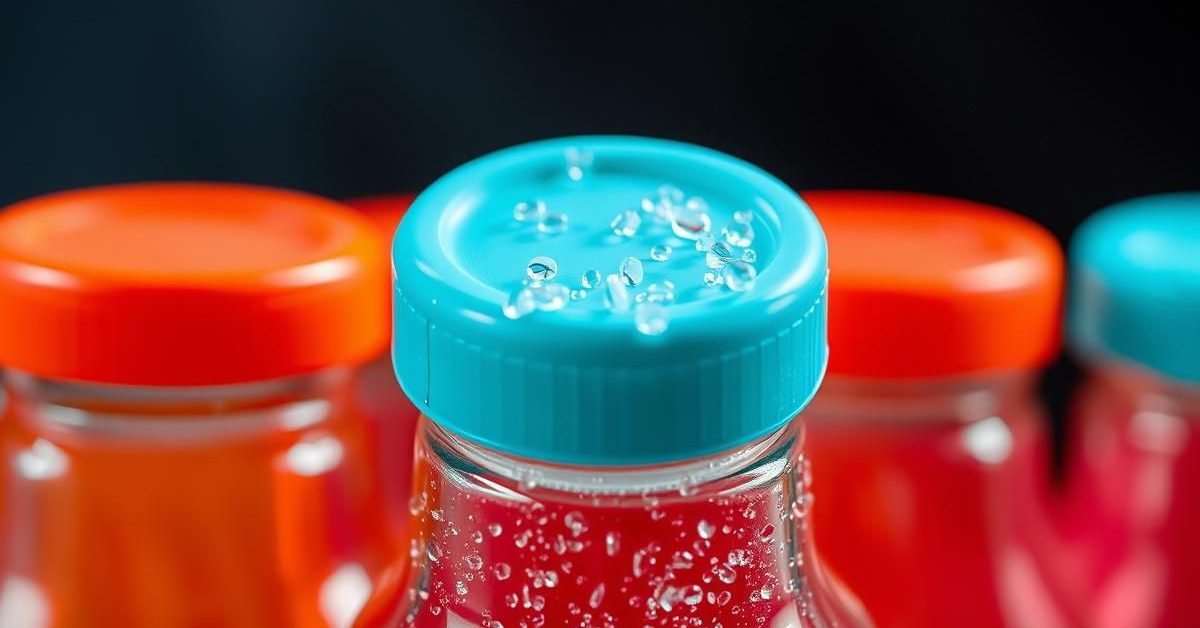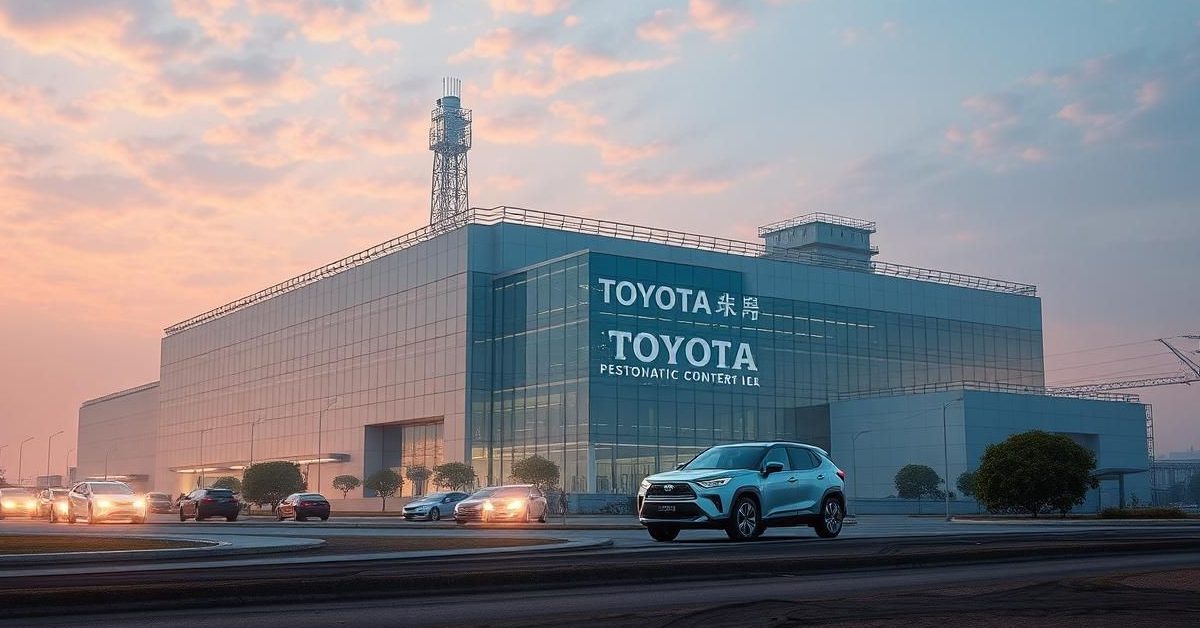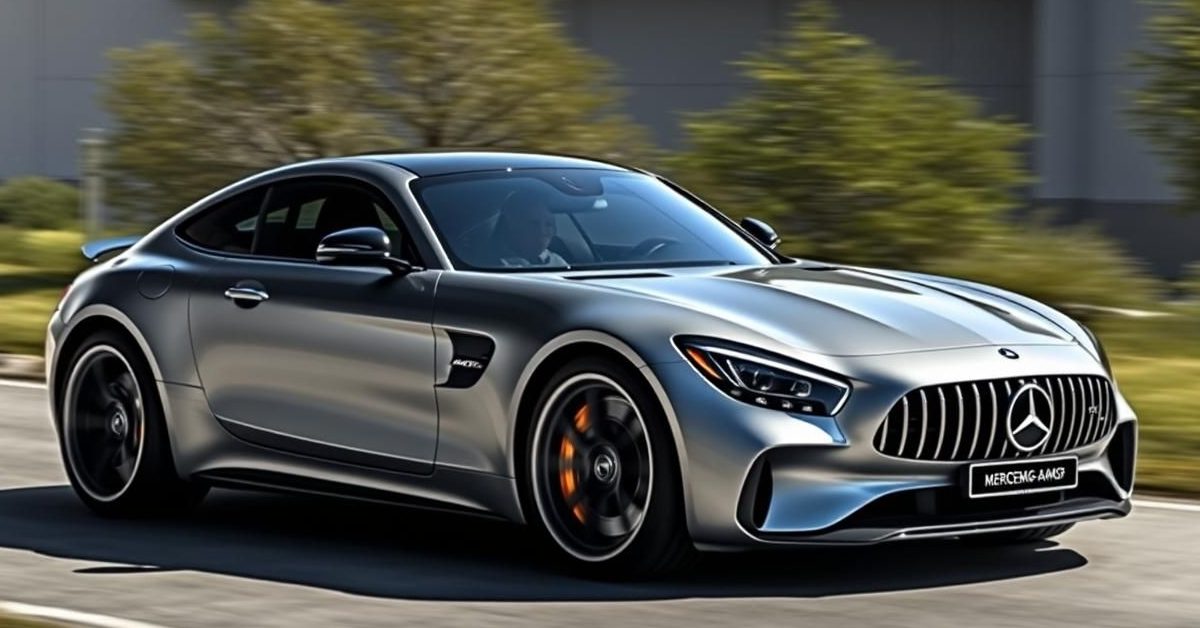The Unseen Invader: Microplastics in Your Beloved Beverages
In an era where health consciousness dictates much of our consumption, the alarming rise of microplastics has become a pervasive shadow, stretching into nearly every corner of our lives. From the air we breathe to the food we eat, these minuscule particles, often less than five millimeters in length, have sparked widespread concern about their potential impact on human health. For many discerning consumers, glass bottles have long stood as a beacon of purity, a trusted vessel for water, refreshing sodas, delicate iced teas, and even sophisticated wines and beers. The assumption was simple: glass is inert, non-leaching, and therefore, safe. But what if this perception, while largely true, overlooked a crucial detail?
The Revelation: It’s Not the Bottle, It’s the Cap
Recent reports highlighting the presence of microplastics in beverages packaged in glass have sent ripples of apprehension through the consumer landscape. However, a significant clarification from the **All India Glass Manufacturers’ Federation (AIGMF)** seeks to assuage some of these fears while pinpointing an often-overlooked culprit: the bottle caps. According to the AIGMF, a leading industry body dedicated to promoting the use of glass packaging, the microplastic contamination isn’t stemming from the pristine glass itself but rather from the specific colourants used on the bottle caps. This revelation shifts the focus, offering a nuanced understanding of the problem and potential pathways for mitigation.
AIGMF’s Stance: Championing Glass’s Purity
The AIGMF’s statement is not merely a defensive posture but a reinforcement of glass’s inherent advantages. As **Mr. V. Ashok Kumar, President of the AIGMF**, highlighted in previous discussions, glass is undeniably one of the most environmentally friendly and food-safe packaging materials available globally. It is made from natural, abundant raw materials like sand, soda ash, and limestone, rendering it a truly sustainable choice. Unlike plastic, glass is non-porous, chemically inert, and does not interact with its contents, preserving the integrity, taste, and safety of the beverage inside. This inherent purity is precisely why regulatory bodies across the world, including the **Food Safety and Standards Authority of India (FSSAI)**, typically categorize glass as a gold standard for food and beverage contact. The AIGMF’s immediate response to the contamination reports underscores their unwavering commitment to upholding glass’s reputation for safety and quality.
Unmasking the Cap Connection: How Microplastics Emerge
So, if the glass is pure, how do these microscopic invaders find their way into your bottled drink? The answer, as the AIGMF suggests, lies with the cap. Bottle caps, particularly those for soft drinks, mineral water, and even some beers, are typically made from various types of plastic, such as **polypropylene (PP)** or **high-density polyethylene (HDPE)**. These plastics, while generally safe for food contact, can degrade over time due to friction, exposure to light, or simply the natural wear and tear of opening and closing. The colorants, often pigments added during the manufacturing process, can be a weak point. As the cap ages or is subjected to mechanical stress, tiny fragments, including those from the colorants, can shed off and contaminate the liquid inside. This phenomenon is not unique to bottle caps but is a broader issue with many plastic products that come into contact with consumables.
Beyond the Lid: The Broader Microplastic Challenge
While the AIGMF’s clarification is crucial for understanding the specific source of contamination in glass-bottled beverages, it also serves as a potent reminder of the pervasive nature of microplastic pollution. This issue extends far beyond bottle caps, affecting everything from single-use plastic bottles to our tap water supply. Brands ranging from international giants like **Coca-Cola** and **PepsiCo** to domestic Indian beverage manufacturers are under increasing pressure to re-evaluate their entire packaging lifecycle. Consumers, too, are becoming more discerning, actively seeking out brands and packaging solutions that align with their environmental and health values. This ongoing dialogue between industry, regulators, and consumers is vital for driving meaningful change.
Pioneering Solutions and a Greener Tomorrow
The discovery of microplastics from caps presents an immediate challenge for the beverage industry. It necessitates a deeper look into alternative cap materials, innovative sealing technologies, or perhaps even a re-evaluation of the specific colorants used. Some solutions could include:
* **Cap Material Innovation:** Research into biodegradable, plant-based, or alternative non-leaching materials for caps.
* **Colorant Reformulation:** Developing safer, more stable pigments that are less prone to shedding.
* **Design Optimization:** Engineering caps that minimize friction and wear during opening and closing.
* **Industry Collaboration:** Beverage companies, cap manufacturers, and packaging experts working together to establish new, stricter standards.
The journey towards a truly microplastic-free future is complex, but clarifications like that from the AIGMF are pivotal. They not only inform but also empower consumers and direct the industry towards targeted solutions. Glass, with its enduring qualities of purity and sustainability, remains a cornerstone of responsible packaging, provided every component of its ecosystem, right down to the humble cap, upholds the same unwavering commitment to safety.















